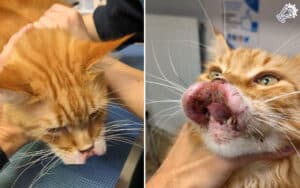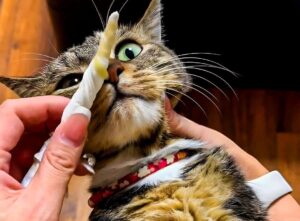As a cat lover, there’s nothing more heart-wrenching than watching your furry friend feel unwell. One common illness that can affect cats is cat flu, a condition that many pet owners are not fully aware of. Understanding the causes, symptoms, precautions, and solutions for cat flu can help you keep your cat healthy and comfortable. Let’s dive into this essential guide to help you better care for your beloved feline friend.
What is Cat Flu?
Cat flu, also known as feline flu, is a viral respiratory infection that primarily affects the upper respiratory system of cats. It’s highly contagious and can spread quickly, especially in environments with multiple cats, such as shelters or multi-cat households. This infection is typically caused by two viruses: Feline Herpesvirus 1 (FHV-1) and Feline Calicivirus (FCV). Both viruses lead to similar symptoms, making it crucial for pet owners to recognize the signs early.
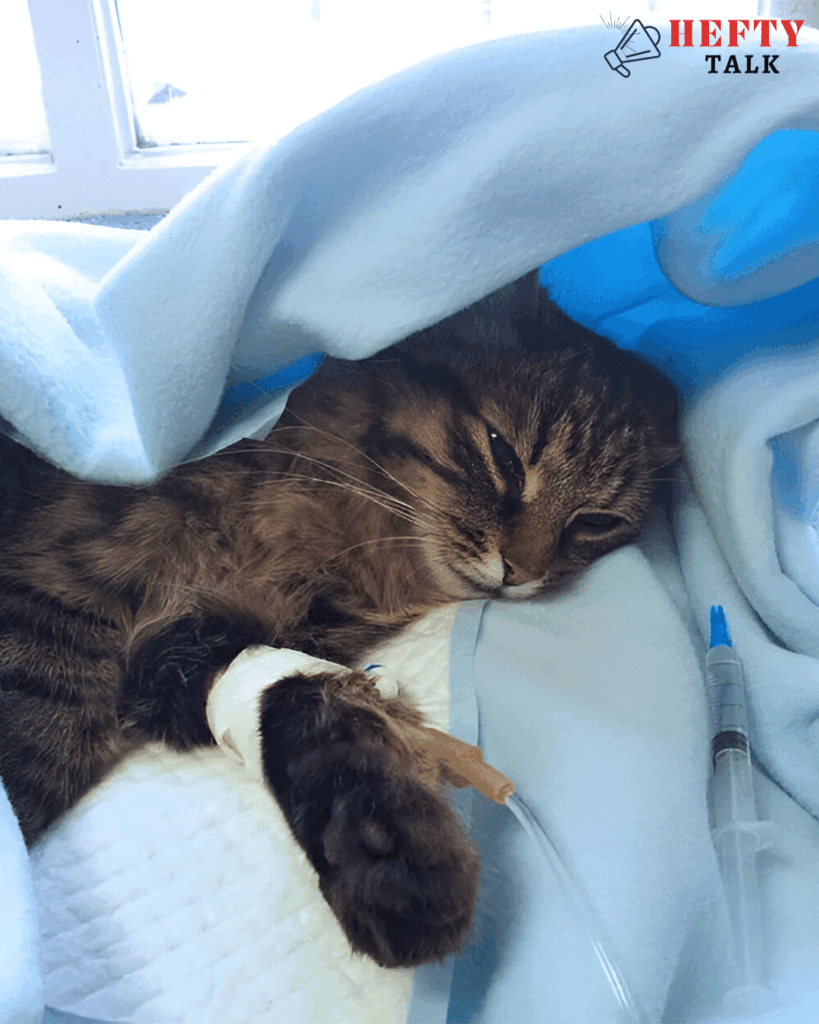
Causes of Cat Flu
Cat flu is caused by viral infections, but it’s often triggered when your cat’s immune system is weakened. This could happen due to stress, a poor diet, or an already existing health condition. The flu viruses spread through airborne droplets when an infected cat sneezes, coughs, or even from shared surfaces like food bowls and bedding. If your cat interacts with infected animals or visits a crowded environment, their chances of contracting cat flu increase significantly.
Symptoms of Cat Flu
Recognizing cat flu symptoms early is key to ensuring a quicker recovery. The most common signs of cat flu include:
- Sneezing and coughing: Just like us, cats with the flu will sneeze and cough to clear their respiratory passages.
- Runny nose and watery eyes: Nasal discharge is common, and it can often be thick and colored (green or yellow), signaling an infection.
- Loss of appetite: Cats with flu often lose their appetite due to a sore throat or blocked nose.
- Fever: Like many viral infections, cat flu may cause your cat to run a fever.
- Lethargy: Your cat might seem more tired and less playful than usual.
If you notice any of these signs in your cat, it’s important to take them to the vet for proper diagnosis and treatment. The sooner you address the illness, the better your chances of helping your pet recover.
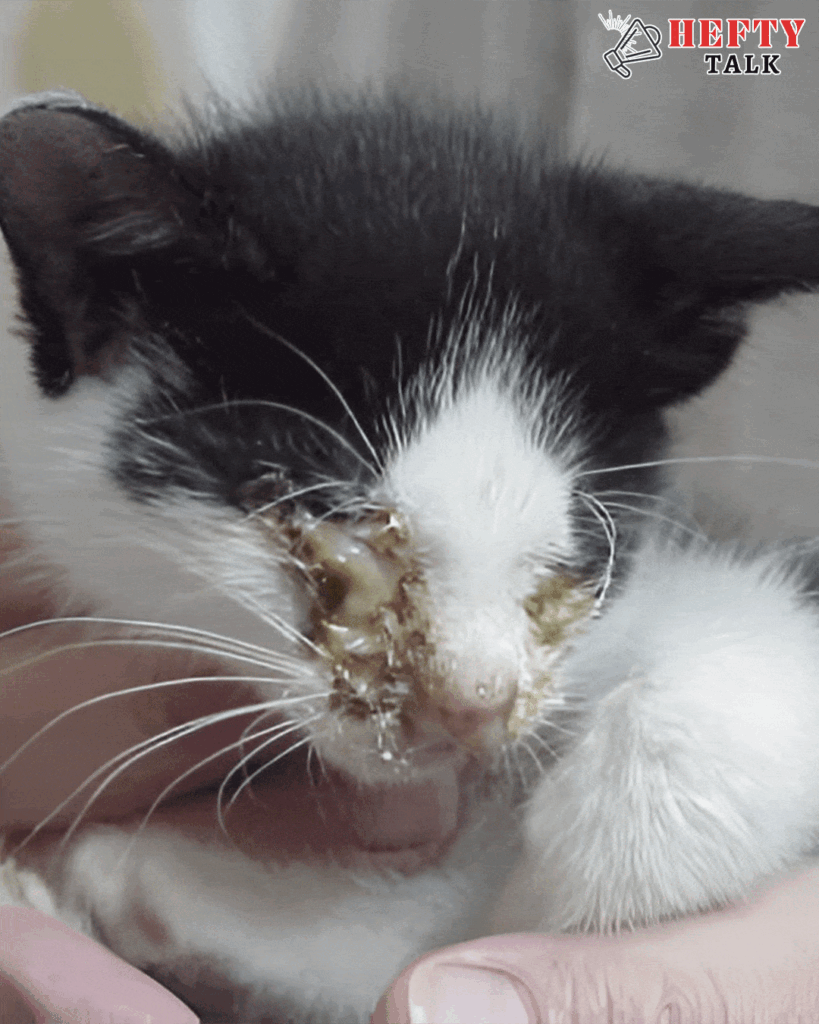
Precautions to Prevent Cat Flu
While it’s not always possible to prevent feline respiratory infections, there are several cat flu prevention strategies that can help reduce the risk:
- Vaccination: Ensure your cat is up to date with their vaccinations. Vaccines can help protect against the major viruses that cause cat flu.
- Keep your cat indoors: Limiting your cat’s exposure to other cats, especially in crowded areas, can reduce their chances of contracting the flu.
- Maintain a clean environment: Regularly clean your cat’s living space, including food bowls, litter boxes, and bedding, to minimize the spread of germs.
- Avoid contact with sick cats: If you know a cat is infected, keep your cat away from them to avoid transmission.
By taking these precautions, you can significantly lower the risk of your cat contracting this unpleasant illness.
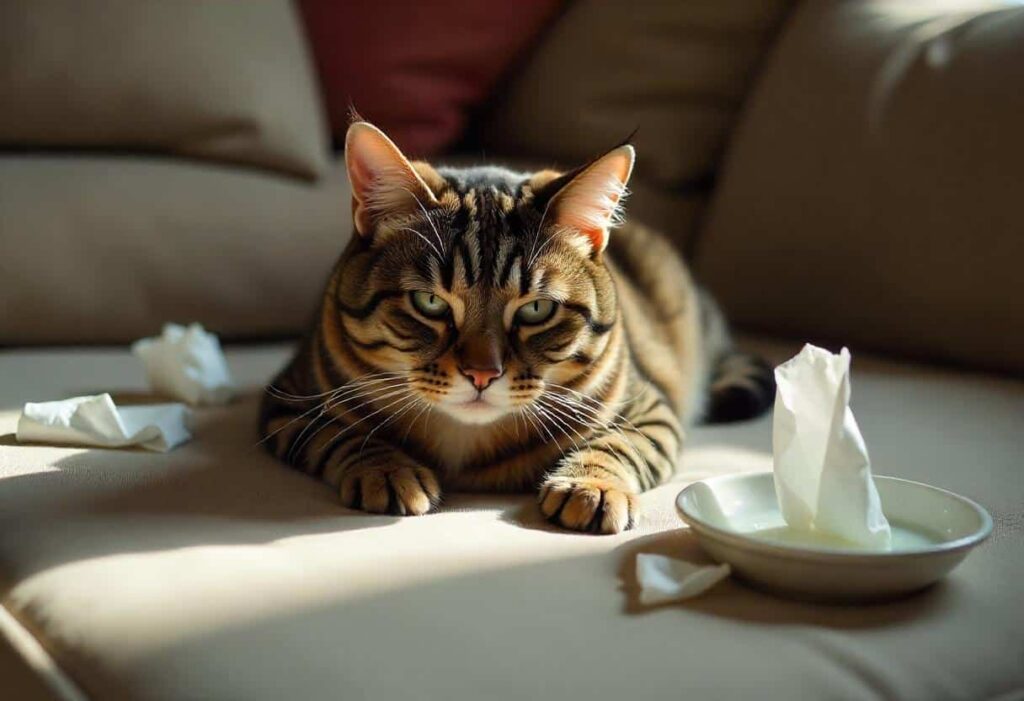
Solutions for Treating Cat Flu
If your cat does catch the flu, there are several cat cold treatments available that can help ease their symptoms and speed up their recovery:
- Consult with a vet: Always visit a vet for a proper diagnosis. In some cases, antibiotics may be necessary if a secondary bacterial infection occurs.
- Hydration is key: Make sure your cat stays hydrated, as dehydration can make symptoms worse. You may need to offer them wet food or even syringe-feed fluids if necessary.
- Warm, quiet space: Give your cat a warm, comfortable place to rest, away from noise and stress.
- Nasal decongestants: Your vet might recommend nasal drops or saline solution to help clear your cat’s blocked nose.
- Appetite stimulants: In severe cases, a vet might prescribe medications to help your cat regain their appetite.
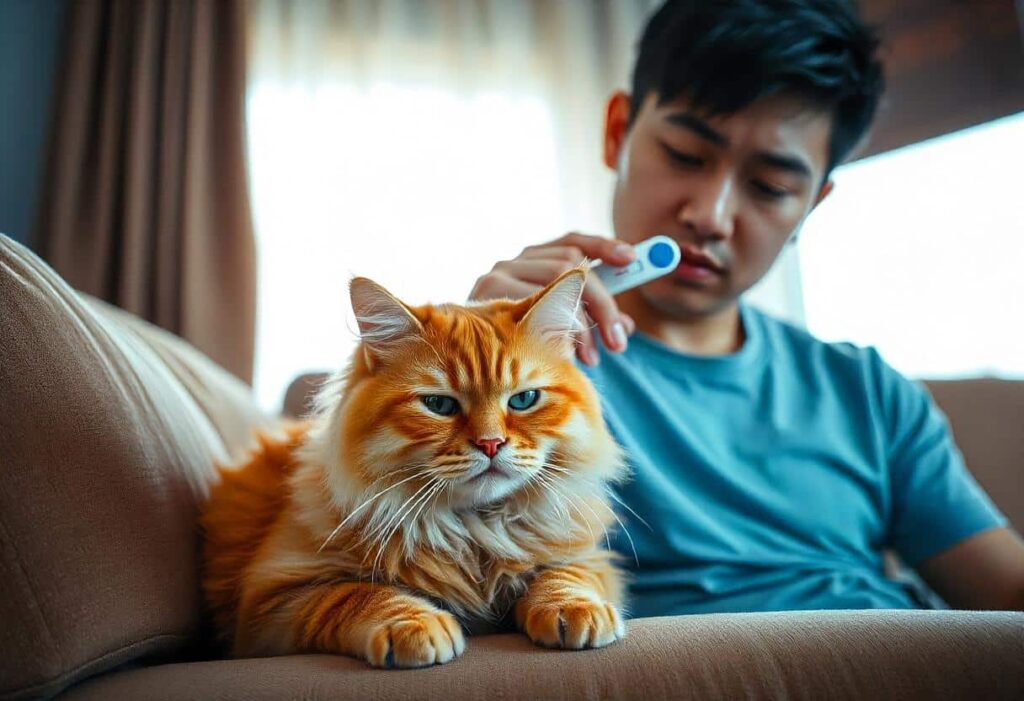
With prompt treatment and care, most cats recover from cat flu within a few weeks. However, some cats, particularly those with weakened immune systems, may take longer or experience complications.
Conclusion
Understanding cat flu causes, symptoms, precautions, and solutions is vital for all cat owners. By staying informed and proactive, you can minimize the risk of your feline friend becoming ill and provide them with the best care if they do catch the flu. If your cat shows any signs of sickness, always consult your vet for the best course of action. Keep your cat healthy, happy, and safe by following these simple precautions and treatment options.
Have you ever had a cat with flu? Share your experiences and tips in the comments below!


